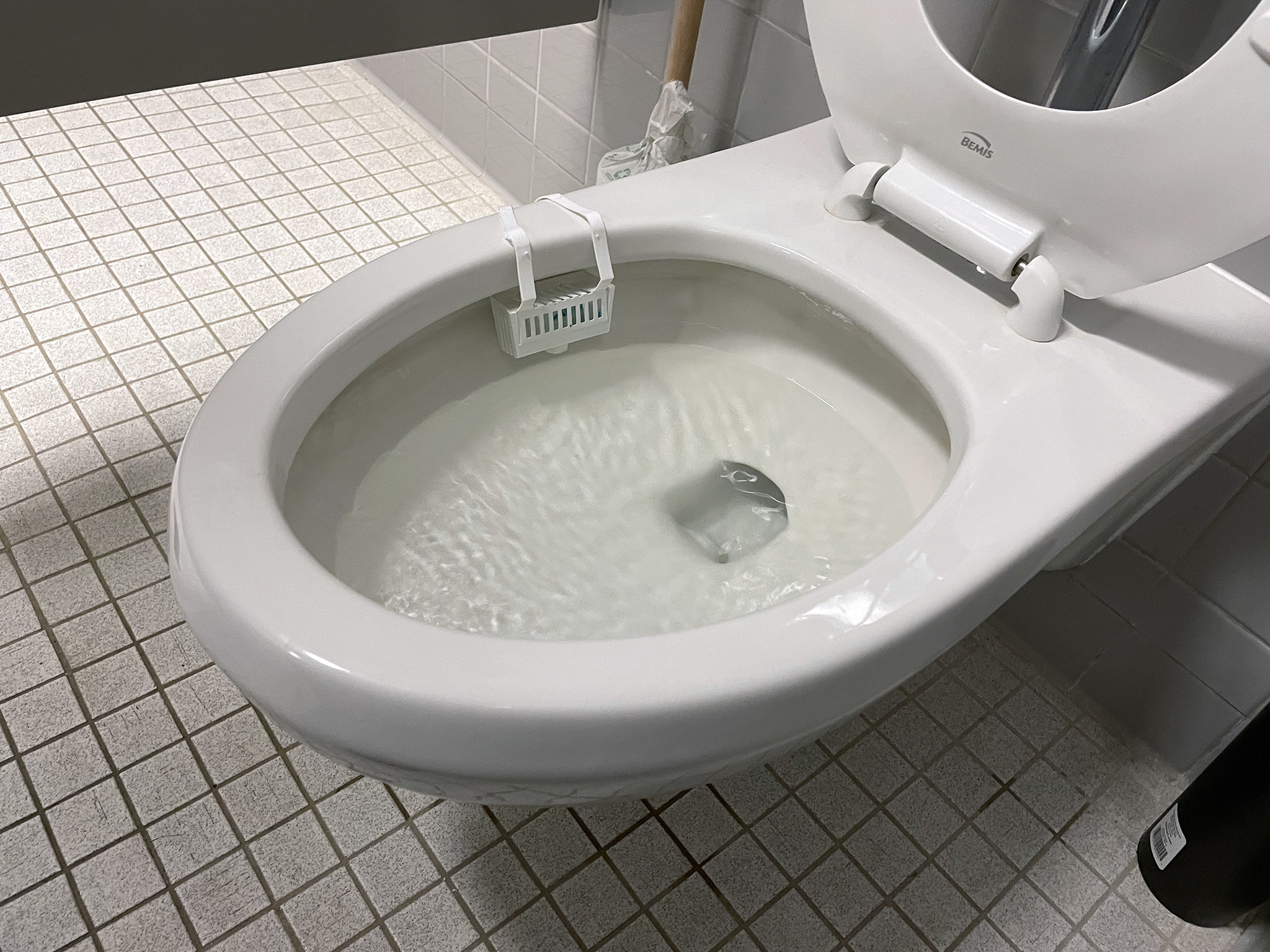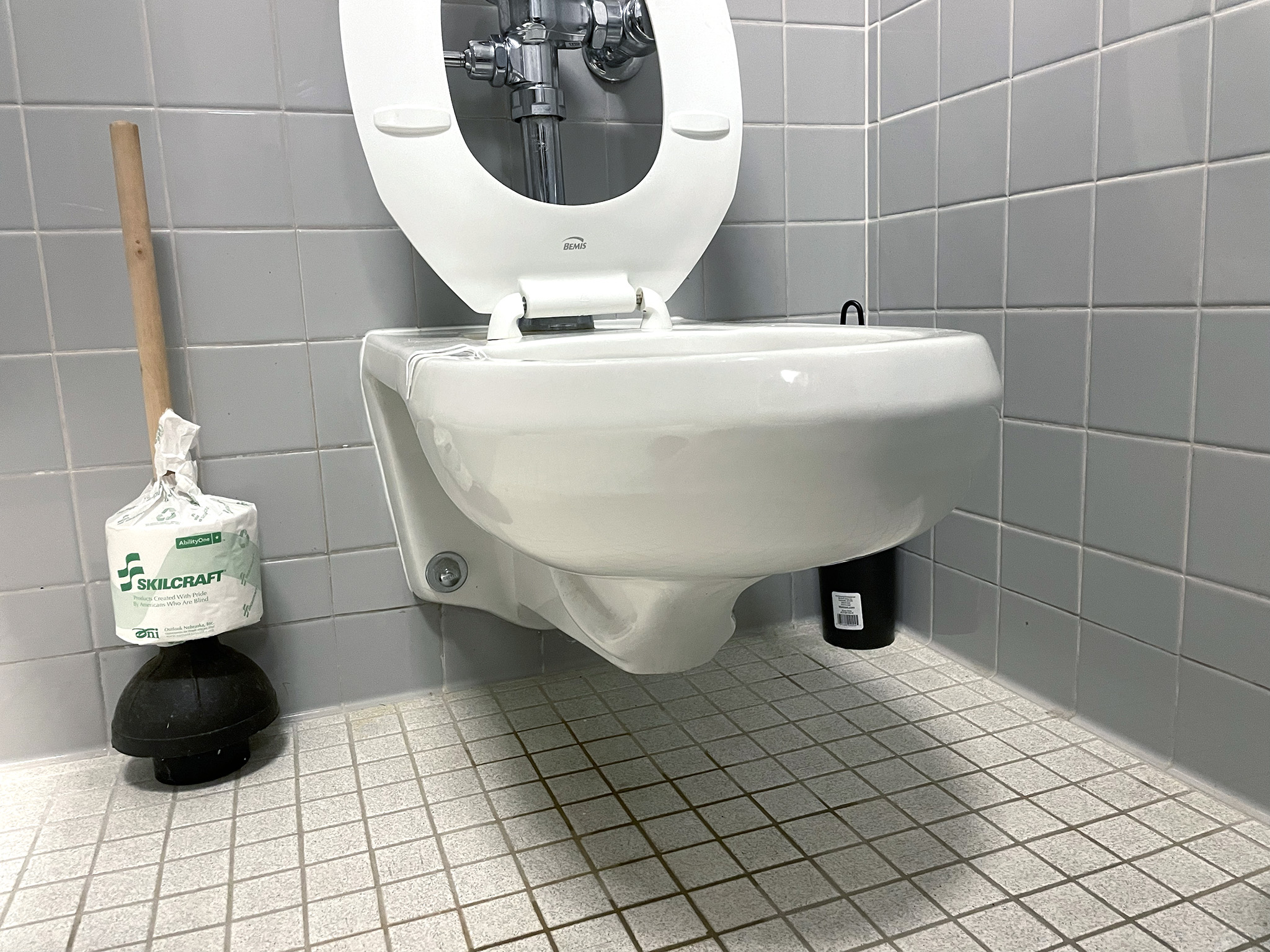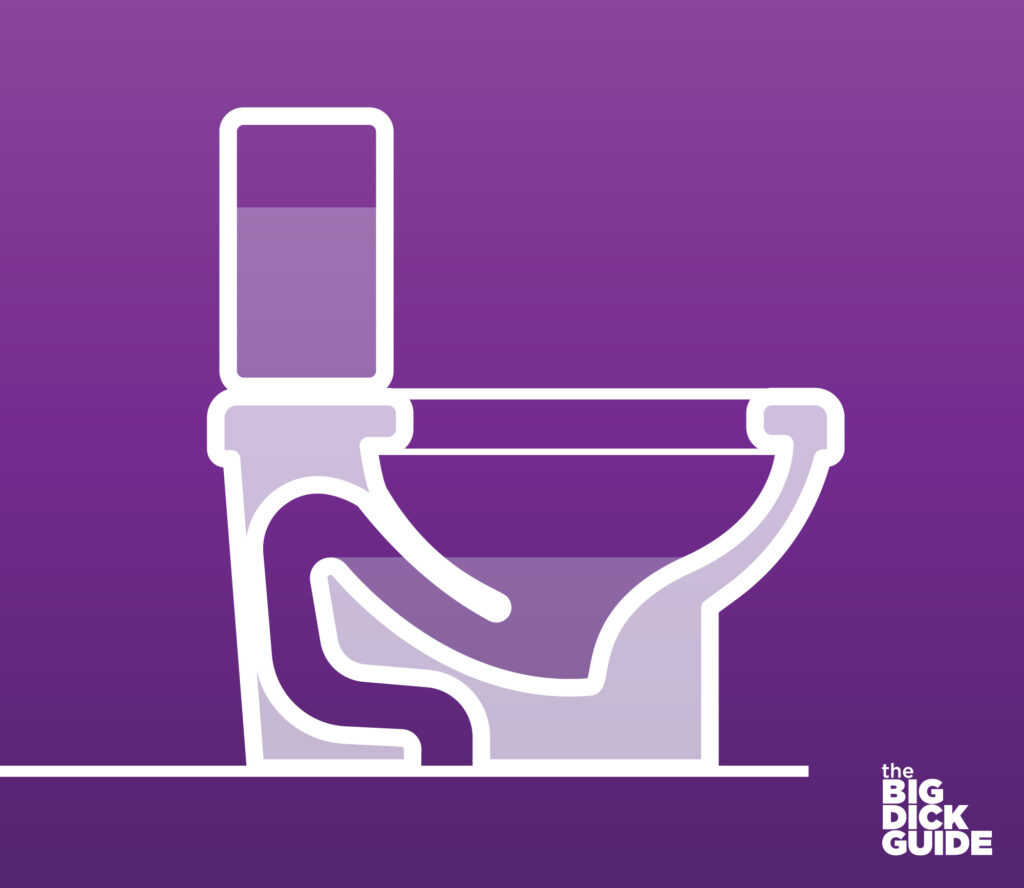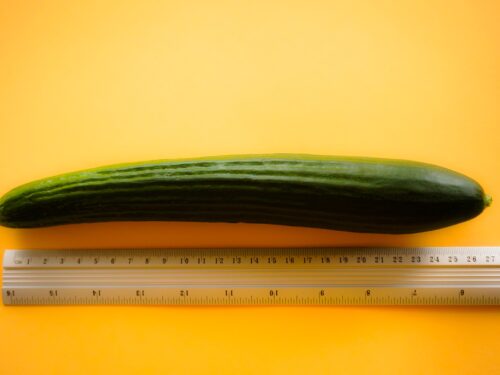I can still vividly recall the first time it happened to me.
I'd been to this office a few times, and used the bathroom urinals one or two times. But that day I was due to spend all day there, and eventually my colon sent me the signal: it's time to poop. So at the next opportunity I moseyed over to the bathroom, found an open toilet stall, stepped in, dropped my pants, and sat down.
The cold wetness I felt on my dick and balls sent a shiver up my spine and I jumped back up. I grabbed my junk and looked down at it, seeing the tip of my penis and the bottom of my scrotum wet and dripping, then looked back at the toilet to see that the water was rippling inside the bowl from my brief dip and retreat.
Now, I know that hanging a six-inch soft dick and balls to match is a lot. It's caused me issues at times, but up until that point "splashing into the toilet water" hadn't even been a consideration of mine. I'd occasionally dealt with touch the dry part of the toilet bowl, but this was a whole new experience for me. Upon a second look I saw that the toilets here had especially high water and shallow bowls.
I mean, come on. This toilet is just asking for trouble.


In the years since it's happened a few times, enough so that I'm cautious the first time with an unfamiliar toilet and take time to investigate before taking a seat. This is where it's worth noting that I live in North America, and have noticed that our toilets have a design that tends towards the top of the water being higher than I've experienced in Europe. Public toilets in particular tend to have shallow bowls, and a lot of older residential and office bathrooms have round bowls instead of the oval-shaped ones, which place the front of the bowl much closer to dick-touching territory.
Additionally, older toilets were not subject to water use requirements and almost universally have higher water levels in the bowl. In 1992 the US Congress mandated that toilets should use no more than 1.6 gallons of water per flush, less than half of what was standard before. So over the past few decades the situation has improved steadily, but a lot of older toilets remain in service with small bowls filled with a few gallons of water.
Unfortunately, while you can adjust the water level in toilets with accessible tanks, and thus how much water is flushed through the bowl when you press the lever, you can't change the level of water in the bowl. That is dictated by physics — the height of the siphon down which the water drains determines where the water level level will sit when the flush is complete.

If you have the opportunity to replace the toilet, one with a deeper and longer bowl (elongated bowl, in plumbing speak) will provide more room for your junk to hang without touching anything. Replacing a toilet is actually relatively simple, but it can be physically laborious and a gross. You can also replace just the toilet seat, with a "raised" or "elevated" toilet seat to add a few inches on the top instead.
But if none of that's an option, then all you're left with is frustration. Look before you sit, and if you're unsure then just pee standing and hold your junk up out of harm's way when you sit. It's not ideal, but it's better than experiencing Neptune's Dip.











